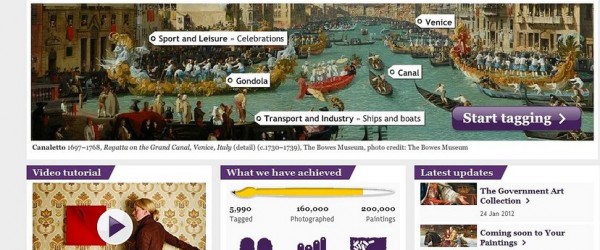
A Long Line Of Tags
Culture, DigitalConsider the “Luncheon of the Boating Party.” An Impressionist work by the French artist Pierre-August Renoir, it is a part of the Phillips Collection, in Washington, D.C. Its brief caption provides the viewer with its title, the artist’s name, and the year of its creation. The information is basic, and adequate—seemingly.
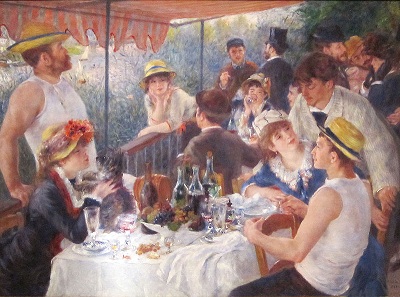
“Luncheon of the Boating Party" by Pierre-August Renoir (1881)
But, would it be better still, if we could get grittier details like the river or lake on which the get-together is being hosted, the inventory of the spread on the table (cutlery, wine glasses, fruits, table linen, napkins, and the like), the attires and accouterments worn by the attendees? One cannot disagree that “tags” (one-word descriptors) would provide a clearer picture—no pun intended—of the composition, adding to it, a layer of clarity.
Of course, Renoir would not have known of this tech-bequeathed technique of labeling images, though he may have approved of what the Public Catalogue Foundation is doing.
There are about 200,000 oil paintings in the U.K., it estimates, moldering away in obscure locations across Britain, “held in institutions ranging from museums large and small to town halls, universities, hospitals and even fire stations.”
Though publicly owned, trouble is, these artworks are not on public view. Moreover, the institutions that house them have very few complete photographic records and even fewer complete catalogs, either offline or online.
For some years now, the London-based non-profit has been earnestly going into nooks and crannies up and down the British Isles, shepherding them out of obscurity, and putting them into a series of color catalogs. But, to make them accessible to a wider audience, it figured, it would need to host them on the cloud.
In the summer of last year, it embarked on an impressively mammoth digitalization project. In partnership with the BBC, it launched “Your Paintings,” an online gallery for these artworks. The Public Catalogue Foundation wanted to add depth to the routine taxonomy of classifying paintings by artist name and collection. It wanted each and every painting sorted by subject matter as well, which would make discovery by keyword search easier—and more attractive.
Where could it get the precious help? It figured it could go those of an artistic persuasion (or not) and with surplus leisure on their hands to tackle one canvas at a time. In short, anyone, anywhere, with the time to donate. The result was the innovative crowdsourcing project “Your Paintings Tagger,” developed in conjunction with the Citizen Science Alliance based at the Astrophysics Department at Oxford University and the Art History Department at Glasgow University.
An inviting, paintbrush-themed interface requests participation through a quick registration process. Once entered in the system, one can then begin the work of creative bookkeeping. A random painting is pulled up. The “tagger” is asked to key in a few words in response to a set of questions: “What things or ideas can you see in this painting?” “Can you name any people in this painting?” “What places are shown in the painting?” “Does this painting relate to any event?” “What type of painting is this?” A user-friendly, pull-down menu provides prompts on articles, places, people, events, which appear in the painting.
The tagging exercise serves to not merely organize systematically, but also clarify, elaborate, and educate. The organization has, so far, achieved grand success. 160,000 paintings have been photographed, of which 5,946 have been tagged. 160,000 paintings have generated a whopping 1,780,307 tags.
A picture, the cliché reminds us, is worth a 1,000 words. But, a handful of appropriate words affixed to a picture. . . that can heighten our understanding and appreciation in turn.






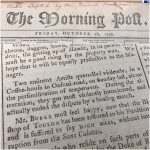



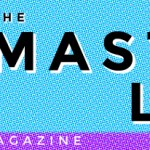


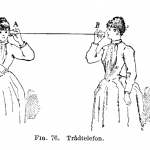
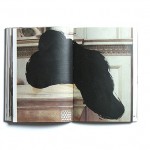

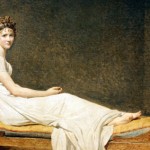

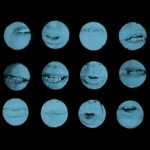

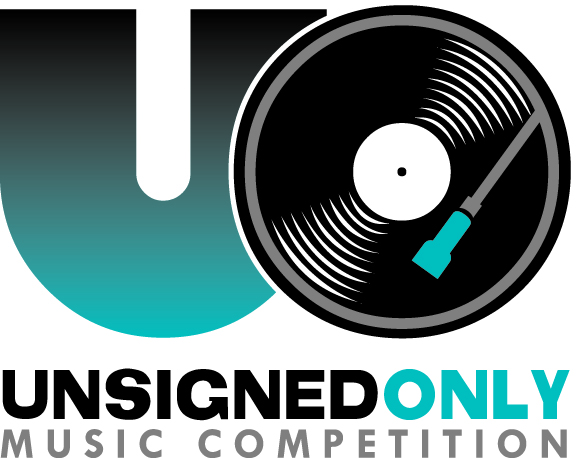


[…] A Long Line Of Tags – ZOUCH Filed in Uncategorized « Miniatures books […]